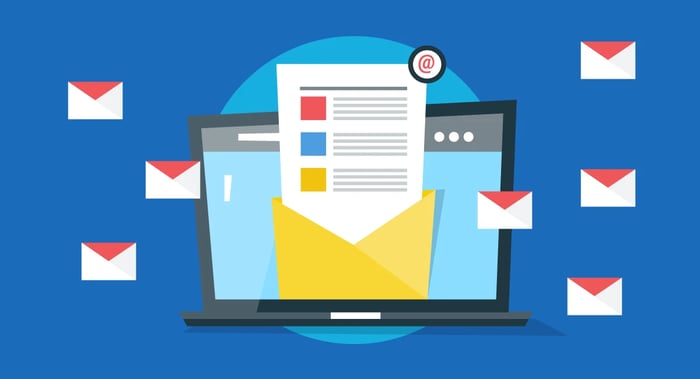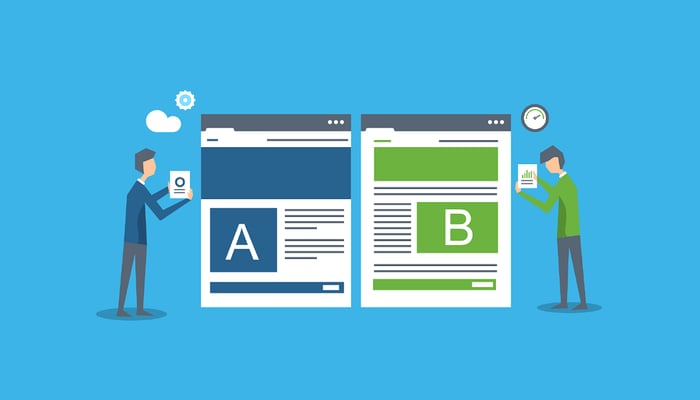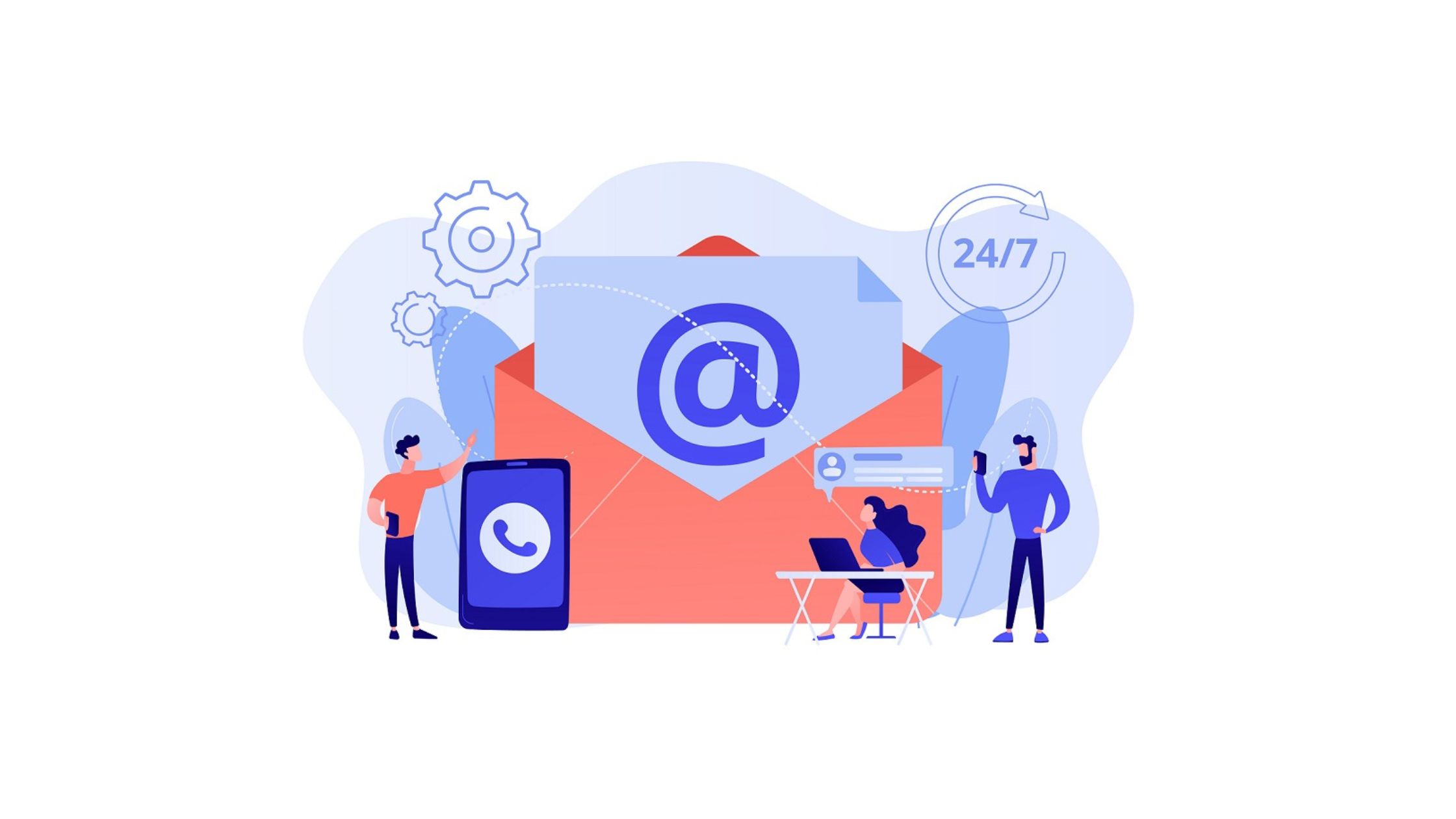From Inbox to Cart: Most Powerful eCommerce Email Marketing Best Practices
eCommerce email marketing has evolved into a must-have tool for firms trying to engage their customers and increase sales. In this article, we will look at the eCommerce email marketing best practices for making the most of your e-commerce email marketing efforts.
But first, let's define eCommerce email marketing. Simply, it refers to the use of email campaigns in the context of an online business to advertise items or services and establish relationships with customers. It enables organizations to engage directly with their target audience, delivering relevant information, offers, and updates.
By applying these eCommerce email marketing best practices, you may improve the effectiveness of your emails, increase open rates, click-through rates (CTRs), conversions, and, eventually, income.
Learn the top eCommerce email marketing best practices to boost engagement and drive conversions. Discover effective strategies for segmenting your audience, crafting compelling email content, optimizing deliverability, and leveraging automation to maximize your email marketing success.
Top 10 eCommerce Email Marketing Best Practices
- Examine Your Subscribers List
- Segment Your Audience
- Personalize Your Emails
- Use Compelling Email Subject Lines
- Optimize Your Emails For Mobile Devices
- Automate Your Emails
- Have An Enticing Call To Action
- Make Sure To Send Your Emails At The Appropriate Time
- Respect Your Subscribers’ Preferences
- A/B testing of Email Essential Aspects
While social media and influencer marketing are popular, eCommerce email marketing is still an important part of doing business online.
eCommerce email marketing allows you to directly alert your subscribers about new products, discounts, promotions, and deals, among other things, without having to navigate complex algorithms that affect reach.
Here are the top 10 eCommerce email marketing best practices for your business:
1- Examine Your Subscribers List
 Image source: digital.com
Image source: digital.com
Your email subscriber list is the basis of your email marketing strategy. It includes a list of every person who has ever subscribed to your newsletter.
Your list will eventually need to be cleaned up if you've been email marketing for a long time. Most of the subscribers who joined your spring sale a few years back are probably no longer opening and responding to your emails.
Make sure to send promotional emails exclusively to consumers who have consented to receive marketing from your online store for legal and privacy reasons.
Purchasing a list of email addresses with the intention of adding them to your subscriber list might harm your reputation and have a detrimental effect on the delivery of your emails. You run the risk of having your open rate drop and having your emails marked as spam when you send emails to people from a list of unsolicited email addresses that you purchased.
The truth is that having fewer highly engaged subscribers is superior to having many inactive ones.
2- Segment Your Audience
An email segment is a group of people who have certain criteria. This can range from age and gender to recent purchases and socioeconomic level. Divide your email list into segments based on demographics, previous purchases, engagement levels, or interests. This enables you to send tailored emails to certain segments, enhancing conversion rates.
A smart email segmentation plan can help firms maximize their marketing prospects by optimizing each message for distinct client categories. Companies can build their marketing around a data-driven approach by adopting segmentation.
This creates a personalized experience for each reader, resulting in more click-throughs and higher conversion rates.
3- Personalize Your Emails
Email personalization has grown to be crucial for companies. However, personalization goes beyond simply including the recipient's name in the salutation or introduction and writing about subjects and ideas they'll find interesting straight away.
The goal of personalizing email marketing is to segment your target market into groups and move them along a clear and efficient sales funnel.
There are numerous methods for using personalized email, ranging from mass emails with personalized subject lines to behavior-based trigger emails such as abandoned cart emails, reactivation emails, and birthday emails.
Did you know that for every $1 spent, email marketing typically yields a return of $36.
Use consumer data to personalize and tailor your email content to each recipient. Subscribers should be addressed by name, and content should be tailored to their preferences, purchase history, or surfing behavior.
Personalization in email marketing has the capacity to attract the recipient's attention, which is one of its main advantages. A personalized message that speaks directly to the recipient is considerably more likely to attract their attention and stand out in a sea of generic emails.
4- Use Compelling Email Subject Lines
Create eye-catching subject lines that attract people to open your emails. Email subject lines are the most crucial part of your communications. After all, subscribers' inboxes display the subject line, which decides whether they ever open your email or not.
Your email will lose credibility and trust if the subject line contains false information, inflated claims, or other deceptive tactics.
You have a maximum of 50 characters to pique the reader's interest while avoiding spam filters.
Here are some tips to try:
- Include the recipient's name to add a personal touch.
- Mention a special offer.
- Create curiosity.
- Avoid using full capitals.
- Test out multiple versions for the subject line.
- If your brand's requirements allow it, include a symbol or emoji.
- Use terms that are time-sensitive to create a sense of urgency, and you can also write a deadline.
- Use open-ended questions.
- Include a question to pique people's interest.
5- Optimize Your Emails For Mobile Devices
Emails that aren't optimized for mobile devices can have a detrimental influence on the user experience, resulting in lower engagement and even worse deliverability. Mobile-optimized emails, on the other hand, can boost user experience, engagement, and even deliverability.
Hence, follow those tips:
- Have a responsive design
- Let your subject line and preheader text be within the character limit
- Make sure your email loads in no time
- Optimize the images you're using to be mobile-friendly
- Make sure to test it out
5- Optimize Your Emails For Mobile Devices
Emails that aren't optimized for mobile devices can have a detrimental influence on the user experience, resulting in lower engagement and even worse deliverability. Mobile-optimized emails, on the other hand, can boost user experience, engagement, and even deliverability.
Hence, follow those tips:
- Have a responsive design
- Let your subject line and preheader text be within the character limit
- Make sure your email loads in no time
- Optimize the images you are using to be mobile-friendly
- Make sure to test it out
6- Automate Your Emails
 Image source: g2.com
Image source: g2.com
eCommerce email automation is a technique for sending emails that are timely, relevant, and appropriate without having to create them each time manually. This happens by sending automated messages using a marketing automation platform.
You may target customers based on their behavior, preferences, and previous sales when you connect your website analytics with your email marketing software. Then, you may personalize each customer's experience and make your automated campaigns more relevant.
Set up triggered and automated email campaigns using automation tools like Convertedin. You can, for example, send a welcome email to new subscribers, reminders about abandoned carts, or personalized product recommendations based on purchase history.
7- Have An Enticing Call To Action
One key point is that you have to use a powerful call to action (CTA) to drive traffic to your ecommerce site. Here are some pointers to help you make your own:
- Make it clear, be exact.
- Use familiar calls to action.
- Keep the text short and simple, such as "Book Now" or "Buy 1, Get 1 Free."
- Use the right position for the CTA in the email to be visible and catchy for your audience.
- If your email is lengthy, use numerous CTAs to break it up.
- The link destination should correspond to your CTA button. If a CTA says "shop the sale," the landing page should be a sale page.
- If you send cart abandonment emails, make sure the CTA takes them to a buy page rather than an empty basket.
8- Make Sure To Send Your Emails At The Appropriate Time
Determining the ideal time to send your emails could be quite challenging. It is all determined by email open rates and click-through rates. It all comes down to knowing your audience best and studying their behaviors closely.
The ideal general sending time for promotional emails, according to many studies, is between 10 a.m. and 1 p.m. on weekdays. There is no one-size-fits-all solution because this might vary widely depending on the readership and the type of communication.
9- Respect Your Subscribers’ Preferences
An email preference center is a landing page that allows users to customize how they receive emails from you. For example, if a subscriber believes they are receiving too many emails from you, they can go to the preference center and choose to receive emails less frequently.
Email preference centers are typically located in the footer of marketing emails. Either by choosing "unsubscribe" or "manage preference". They feature options like content subjects and email frequency, as well as a spot for subscribers to alter their email addresses or fully unsubscribe.
You provide subscribers the ability to personalize their interaction with your brand by creating an email preference center.
You need to give your subscribers a chance to unsubscribe if they want; also, you need to know the reasons behind it.
10- A/B testing of Email Essential Aspects
Email A/B testing is a technique used in email marketing to assess how well different versions of a campaign work. It entails developing several variations of an email and sending them to various audience segments to see which version performs better.
A/B split testing can help you determine what performs best for your e-commerce email marketing campaigns by trying out different layouts, copywriting, or other things.
Because each consumer segment is unique, don't generalize the results of one test to your entire database. Make A/B testing a habit if you want to know exactly what works and what doesn't.
Conclusion
Previously, eCommerce email marketing was just about sending the proper marketing message to the right individual. eCommerce email marketers must now grasp several aspects in order to deliver the appropriate email to the right person at the right time, all while creating the right experience. This assists in converting your subscribers into loyal customers and increasing their lifetime worth to your company.


